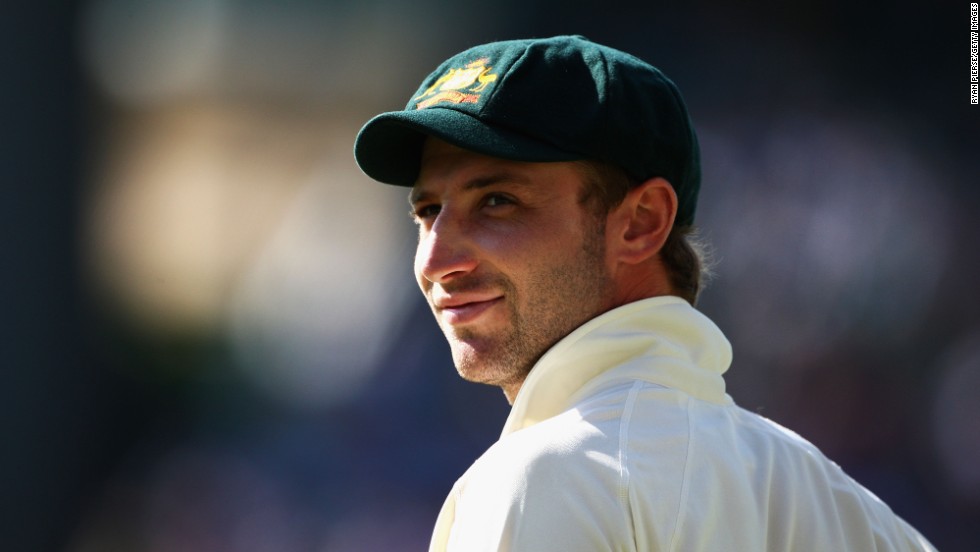
Nobody expects to go to work and never come home.
Just under two years ago, Phil Hughes was struck by a 140 kilometer an hour “bouncer” on the back of his neck, delivered by fast bowler and former teammate Sean Abbott.
On the cusp of a recall to the Australian Test team — cricket’s highest honor — Hughes would never get that opportunity, dying of a brain haemorrhage in hospital 48 hours later, three days short of his 26th birthday.
Now an inquest led by New South Wales coroner Michael Barnes has ruled Hughes’ death was accidental.
“There is absolutely no suggestion the ball was bowled with malicious intent,” said the report after examining what had happened in that first-class match between South Australia, who Hughes played for, and New South Wales in Sydney.
“Neither the bowler nor anyone else was to blame for the tragic outcome.”
Fatal consequences
Of the 23 “bouncers” — a ball delivered with the intent of bouncing up towards the batsman’s torso — bowled that day, 20 came Hughes’ way, the report states.
However, such was his superior skill with the bat, Hughes was “comfortably dealing” with the short balls directed at him — save for the last one.
“A minuscule misjudgement or a slight error of execution caused him to miss the ball which crashed into his neck with fatal consequences.”
During the October inquest, the counsel representing the Hughes family claimed nine consecutive short balls bowled at the batsman “was going too far.”
The family walked out of the hearing after several players claimed they couldn’t recall incidents from that day.
Sledging
While Barnes confirmed the death was nothing more than a tragic accident, his report raised uncomfortable questions for cricket, notably over the practise of sledging.
During the inquest it was revealed one bowler had earlier told Hughes: “I am going to kill you.”
Despite being lauded as a gentleman’s game, sledging has been prevalent in cricket since its inception.
Indeed, the coroner’s report found that “one experienced player said it had occurred in every high level game he had played in, except the one he participated in the weekend after Hughes’ death.”
The aim is to use humorous, insulting or threatening language in a bid to unsettle or intimate a batsman, but it is up to the umpire to decide whether it crosses the line of gamesmanship and should be stopped.
Barnes states that there was no evidence, based on how competently Hughes was batting that on the afternoon of November 25 2014, to suggest he was unnerved by any sledging aimed in his direction.
However, he did call into question whether the “unsavoury” practise still had a place in the sport.
“Hopefully the focus on this unsavoury aspect of the incident may cause those who claim to love the game to reflect upon whether the practice of sledging is worthy of its participants.
“An outsider is left to wonder why such a beautiful game would need such an ugly underside.”
On the day of Hughes’ funeral in his home town of Macksville, the streets were decorated with cricket bats, following a social media-led tribute using the hashtag #putoutyourbats.
There were also numerous references to the numbers “408” — Hughes was the 408th Australian Test cricketer — and “63 not out,” the score Hughes was on when injured.
As reported by CNN
